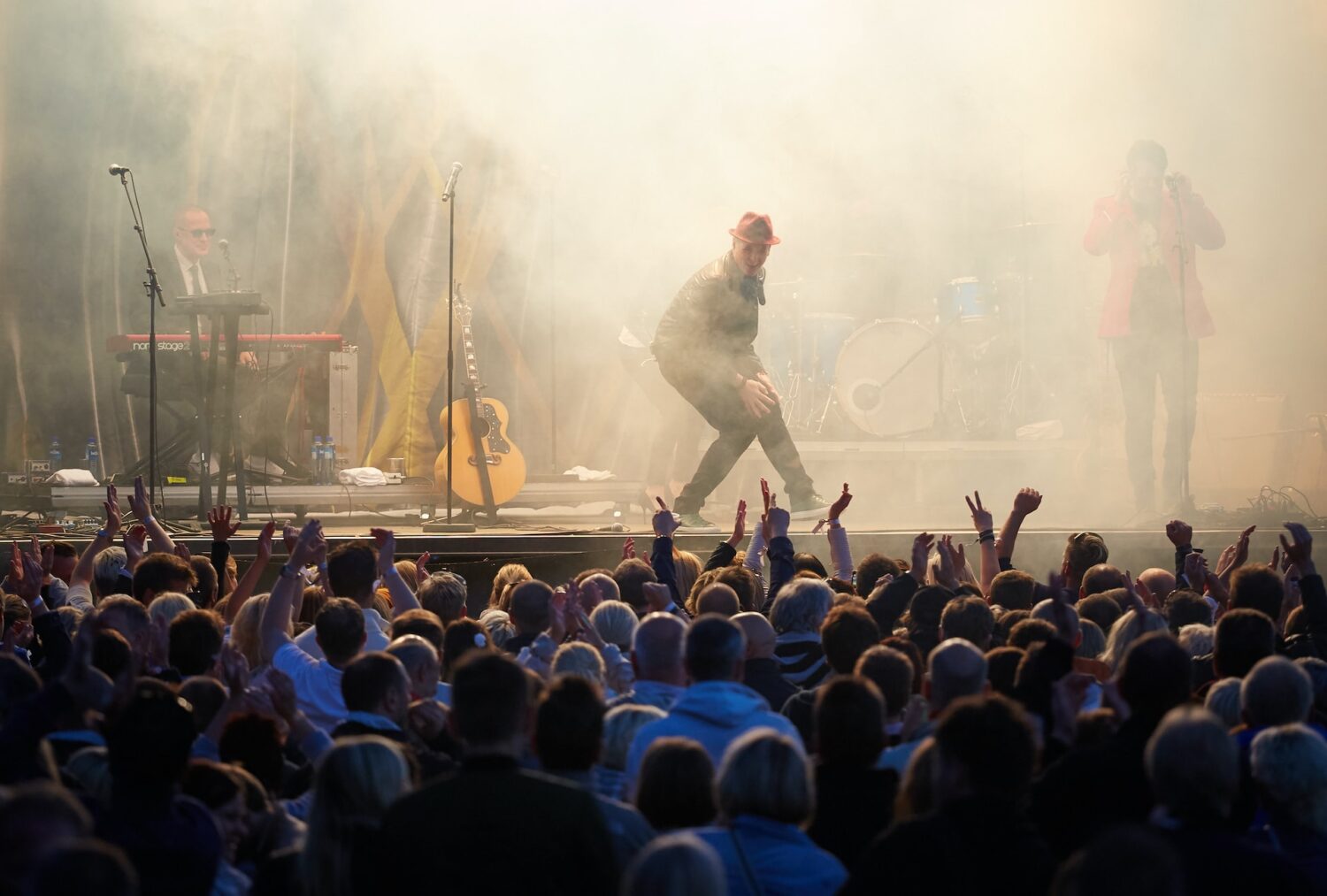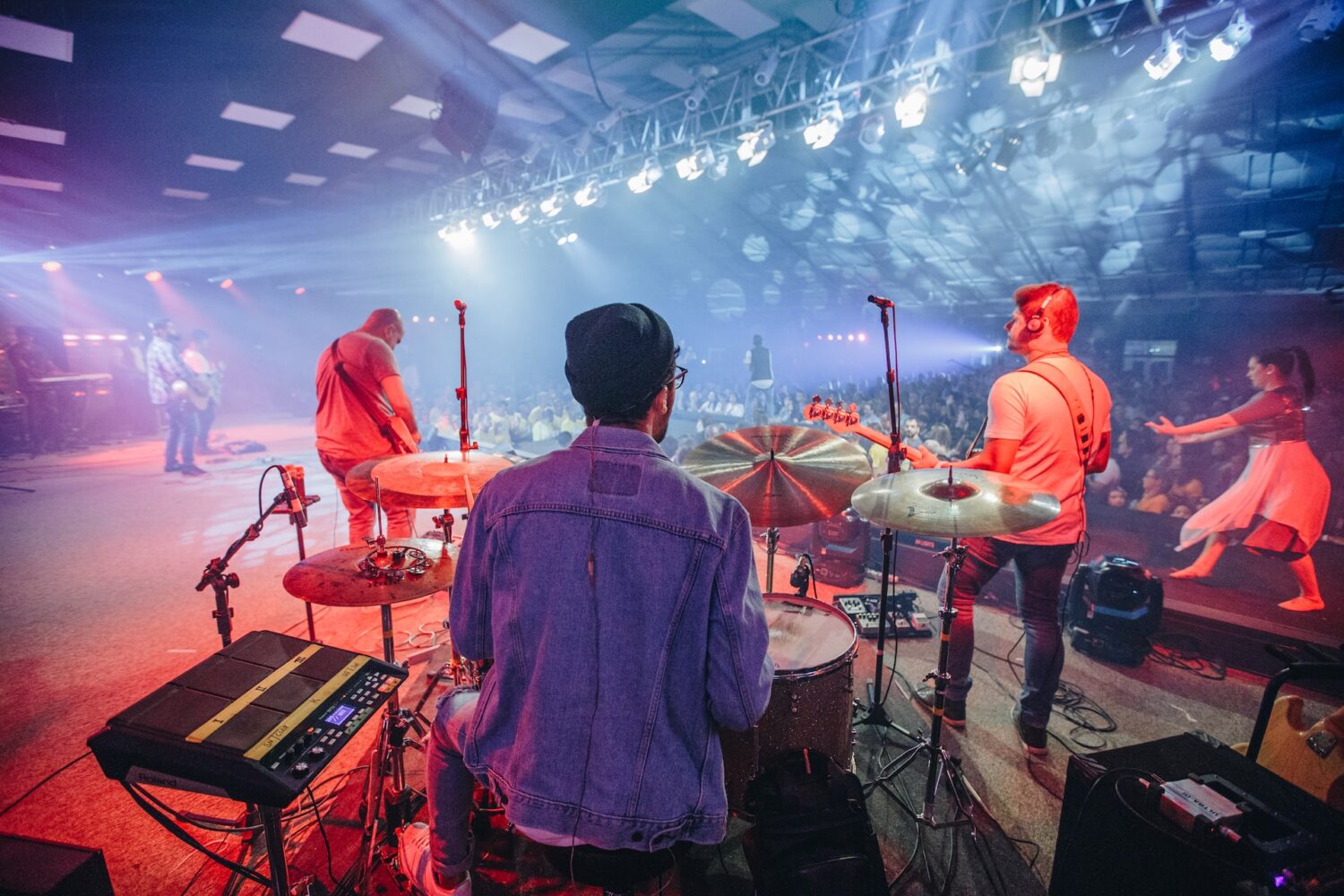[post_page_title]Using lasers[/post_page_title]
The use of lasers in archeological and historical research is becoming much more common, as they can help experts create a better picture of what lies beneath the surface. Much of this research is done using Lidar, which is a form of aerial laser-detection system. From the air, researchers can gather images and information about the makeup of the earth and the solid ground beneath trees and buildings.

This comes in handy during Maya excavations and research, because a huge number of Maya structures were seemingly lost beneath the earth before these lasers reached them. Thanks to this, we now have a picture of what the dense jungle of Guatemala looked like during the Late Classic Period (650 – 800 CE). In fact, experts suggest that the 60,000 ancient ruins were home to around 11 million people.

The greatest NBA dynasties of all time
The goal for any basketball franchise is to build a dynasty that fans and experts will be talking about for











